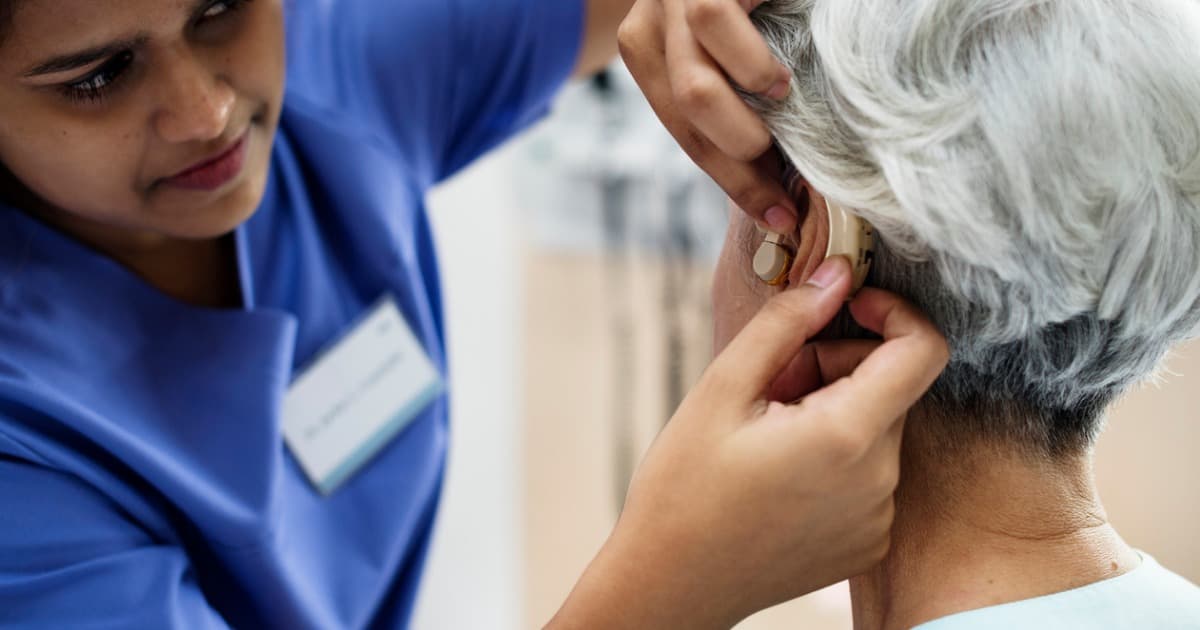Guide To Effectively Treating Neurofibromatosis
Neurofibromatosis is a genetic disorder that affects the ability of nerve cells to grow and form properly and causes the growth of tumors on the nerves. In most cases, the tumors aren't malignant, though there have been some cases where the tumors become cancerous. Neurofibromatosis has three types. NF1 causes deformed bones and skin changes, with symptoms that generally start during childhood. NF2 causes ringing in the ears, poor balance, and hearing loss, with symptoms beginning during adolescence. Schwannomatosis, the rarest form, causes intense pain. While there isn't a cure, there are treatments that can help with the symptoms. The right treatment depends on the severity of the symptoms.
Stereotactic Radiosurgery

Stereotactic radiosurgery is a radiation therapy that doctors use to treat small brain tumors and functional abnormalities. It's often a good alternative to invasive surgical techniques. When the same therapy is used in the body rather than the brain, it's called stereotactic body radiotherapy. Both methods are typically done on an outpatient basis. Stereotactic radiosurgery involves highly precise radiation accurate to distances of just one or two millimeters.
With traditional radiation therapy, many sessions and doses are required. But stereotactic radiosurgery delivers much higher doses of radiation. The reason this form of treatment is so successful is because advanced radiation technology allows the technique to maximize the dose on the tumors without harming healthy brain tissue.
Cochlear Implants

Some patients with neurofibromatosis 2, or NF2, can benefit from cochlear implants. NF2 generally involves benign tumors on the nerves that affect the inner ears, which can interfere with the brain's ability to receive balance signals and sound information. A cochlear implant can sometimes help with hearing loss or tinnitus. A cochlear implant is a medical device that electronically provides the information a damaged inner ear cannot.
These implants can either go in one or both ears. The patient wears a sound processor to capture sound, which is transmitted into digital code and transmitted into the implant. The implant turns the sound into a series of electrical impulses that travel along the electrodes in the inner ear. These electrodes stimulate the hearing nerve, and then the impulses are interpreted by the brain as sounds.
